Sunday,
Dec 7
Nuremberg
8°
Monday,
Dec 8
Nuremberg
9°
Tuesday,
Dec 9
Nuremberg
7°
Wednesday,
Dec 10
Nuremberg
6°
Thursday,
Dec 11
Nuremberg
6°
Friday,
Dec 12
Nuremberg
5°
MORE IMPORTANT INFORMATION ABOUT YOUR TRAVEL TO Nuremberg
The Train station is located at the center of Nuremberg
Nuremberg ( NEWR-əm-burg; German: Nürnberg [ˈnʏʁnbɛʁk]; Austro-Bavarian: Niamberg; East Franconian: Närrnberch or Nämberch, locally Närmberch) is the second-largest city of the German federal state of Bavaria after its capital Munich, and its 511,628 (2016) inhabitants make it the 14th largest city in Germany. On the Pegnitz River (from its confluence with the Rednitz in Fürth onwards: Regnitz, a tributary of the River Main) and the Rhine–Main–Danube Canal, it lies in the Bavarian administrative region of Middle Franconia, and is the largest city and the unofficial capital of Franconia. Nuremberg forms a continuous conurbation with the neighbouring cities of Fürth, Erlangen and Schwabach with a total population of 798,867 (2018), while the larger Nuremberg Metropolitan Region has approximately 3.6 million inhabitants. The city lies about 170 kilometres (110 mi) north of Munich. It is the largest city in the East Franconian dialect area (colloquially: "Franconian"; German: Fränkisch), Nuremberg was one of the host cities of the 2006 FIFA World Cup. There are many institutions of higher education in the city, including the University of Erlangen-Nuremberg (Friedrich-Alexander-Universität Erlangen-Nürnberg).
Source:
WikipediaADDITIONAL INFORMATION ABOUT Dresden
The Train station is located at the center of Dresden
Dresden (, German: [ˈdʁeːsdn̩]; Upper and Lower Sorbian: Drježdźany; Czech: Drážďany; Polish: Drezno) is the capital city of the German state of Saxony and its second most populous city, following only Leipzig. It is the 12th most populous city of Germany, the fourth largest by area (following only Berlin, Hamburg and Cologne), and the third most populous city in the area of former East Germany, following only (East) Berlin and Leipzig. Dresden is contiguous with Freital, Pirna, Radebeul, Meissen and Coswig, and its urban area has around 780,000 inhabitants, making it the largest in Saxony. Dresden is the largest city on the River Elbe after Hamburg. Most of Dresden's population lives in the Elbe Valley, but a large, albeit very sparsely populated area of the city east of the Elbe lies in the West Lusatian Hill Country and Uplands (the westernmost part of the Sudetes) and thus in Lusatia, while many boroughs west of the Elbe lie in the foreland of the Ore Mountains as well as in the valleys of the rivers rising there and flowing through Dresden, the longest of which are the Weißeritz and the Lockwitzbach. The name of the city as well as the names of most of its boroughs and rivers are of Slavic origin. Dresden is the second largest city in the Thuringian-Upper Saxon dialect area, following only Leipzig.
Source:
WikipediaImages of the trains for your trip


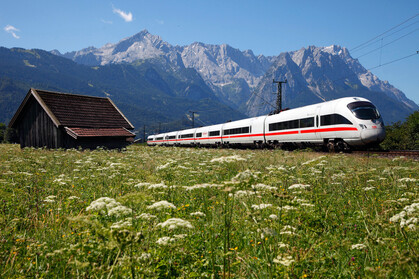

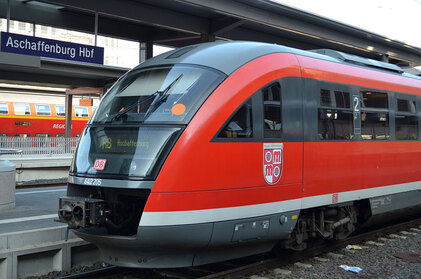







Where Can You Travel With Us?
TAKE A LOOK AT OUR MAP
France
Italy
Netherlands
Luxembourg
Austria
Germany
Belgium
Switzerland
Denmark
Sweden
Norway
Hungary
Czech
Ukraine
China
Active
France, Italy, Netherlands, Luxembourg, Austria, Germany, Belgium, Switzerland, Denmark, Sweden, Norway, Hungary, Czech, Ukraine, China
Upcoming
USA, Canada, Spain, Poland, Japan
Other Train Trips From Dresden

Dresden Mitte to Berlin Suedkreuz
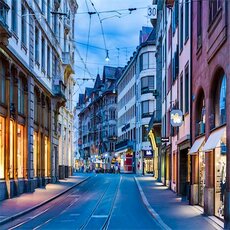
Dresden Mitte to Hennigsdorf Berlin

Dresden Mitte to Marktl
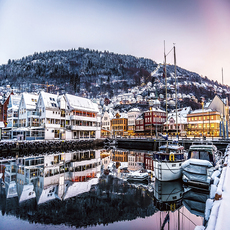
Dresden Mitte to Bodenwohr North
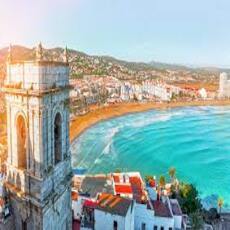
Dresden Mitte to Ehingen Donau

Dresden Mitte to Trossingen City

Dresden Mitte to Lorrach

Dresden Mitte to Springe

Dresden Mitte to Euskirchen
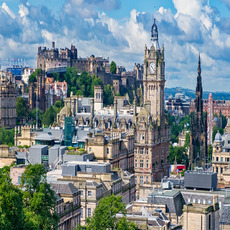
Dresden Mitte to Strausberg

Dresden Mitte to Windsbach
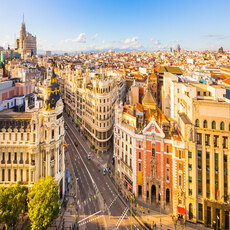
Dresden Mitte to Schwarzenbach Saale

Dresden Mitte to Neu Ulm

Dresden Mitte to Rosrath
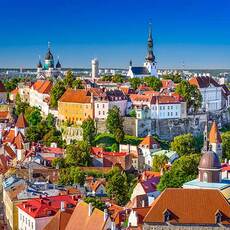
Dresden Mitte to Hennef Sieg

Dresden Mitte to Lollar

Dresden Mitte to Leer Ostfriesl
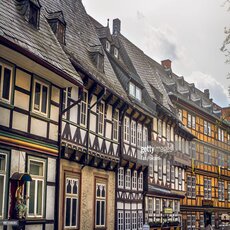
Dresden Mitte to Dortmund Derne
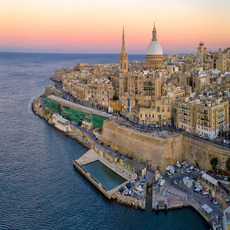
Dresden Mitte to Gutenfurst

Dresden Mitte to Hofheim Taunus
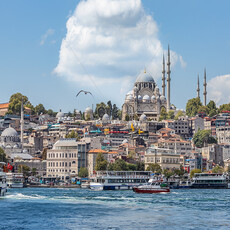
Dresden Mitte to Hanover North

Dresden Mitte to Heidenheim

Dresden Mitte to Leutkirch

Dresden Mitte to Kiel

Dresden Mitte to Muhlhausen Bei Engen

Dresden Mitte to Mannheim Waldhof
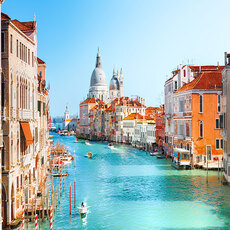
Dresden Mitte to Creussen Oberfr
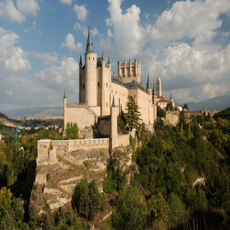
Dresden Mitte to Oberammergau

Dresden Mitte to Anzenkirchen
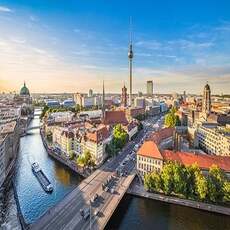
Dresden Mitte to Mannheim Luzenberg
WHY YOU SHOULD TRAVEL BY TRAIN?
To travel from Dresden To Nuremberg, trains would be the best travel choice, for several reasons:
1
Eco-Friendly
Trains are the most environmentally-friendly way of transport to the EU Environment Agency. They are powered by electricity, which is renewable and has a low environmental impact.
2
Speed
Travelling by train is in most cases the fastest way to go from Rome to Milan. Trains usually travel at high speeds, making them the fastest way to get from one place to another.
3
Safety
Travelling by train is one of the safest forms of transport. Trains are heavily regulated and monitored, making them safer than other forms of transport.
4
Price
Travelling by train is often cheaper than other forms of transport, such as flying or taking a bus. Trains are often subsidized by the government, making them cheaper than other forms of transport.
5
Luggage
Travelling by train is a great way to transport luggage. Trains usually have plenty of space for luggage and they are usually safe and secure.
6
Luggage
Travelling by train is often faster than other forms of transport, such as driving or taking a bus. Trains usually travel at high speeds, making them the fastest way to get from one place to another.
7
Comfortability
Travelling by train is usually very comfortable. Trains usually have comfortable seating and plenty of legroom, making them a great way to travel.
8
Comfortability
Travelling by train is a great way to get some sleep. Trains usually have comfortable seats and plenty of legroom, making them a great way to get some rest while travelling.
9
WIFI
This is not necessarily the most important when you travel since we prefer to tell you to enjoy your travel without your phones, but on trains, you can find WIFI onboard, so you remain connected to the internet if you choose to.
THESE ARE THE TRAIN OPERATORS WE WORK WITH




















